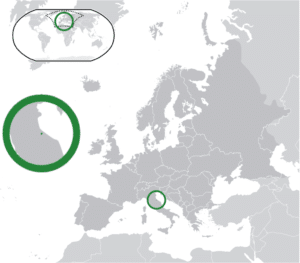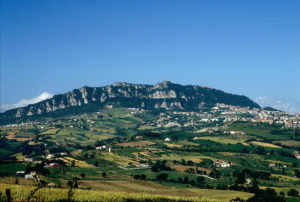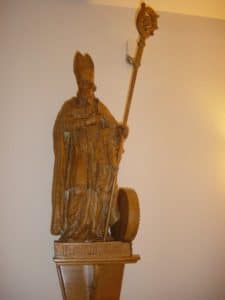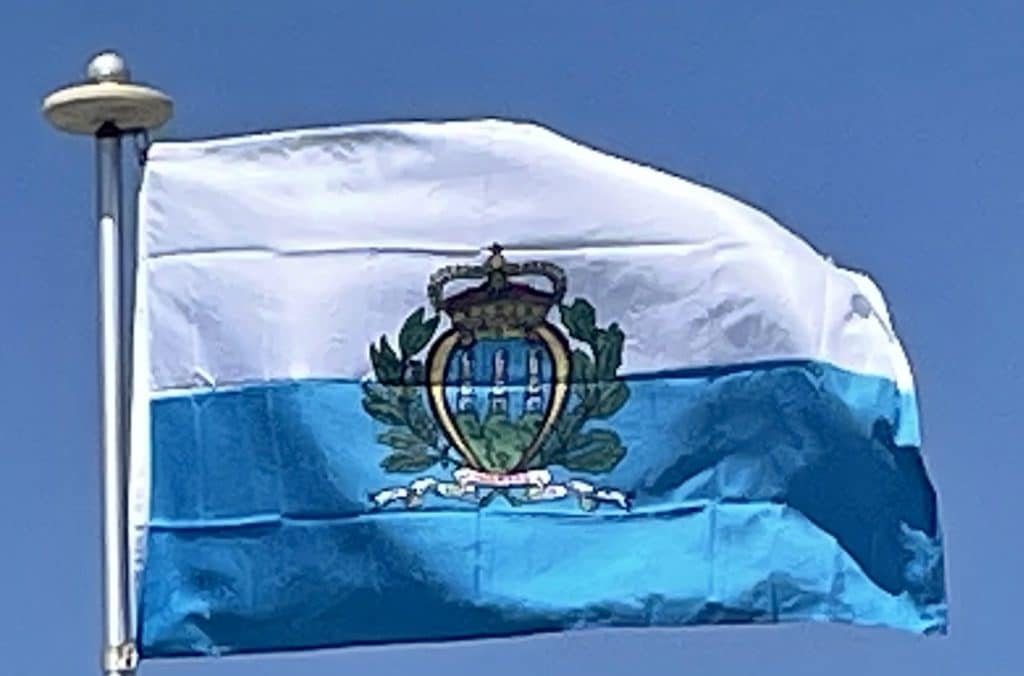Introduction:
San Marino, officially the Republic of San Marino, also known as the Most Serene Republic of San Marino, is a small state in Southern Europe enclaved by Italy. Located on the northeastern side of the Apennine Mountains, San Marino covers a land area of just over 61 km2 (24 sq mi), and has a population of 33,562. The country’s capital city, City of San Marino, is located atop Mount Titan, while its largest settlement is Dogana. San Marino’s official language is Italian.

The country derives its name from Saint Marinus, a stonemason from the then-Roman island of Rab in present-day Croatia. Born in AD 275, Marinus participated in the rebuilding of Rimini’s city walls after their destruction by Liburnian pirates. Marinus then went on to found an independently ruled monastic community on Mount Titan in AD 301; thus, San Marino lays claim to being the oldest extant sovereign state, as well as the oldest constitutional republic.
Uniquely, San Marino’s constitution dictates that its democratically-elected legislature, the Grand and General Council, must elect two heads of state every six months. Known as Captains Regent, the two heads of state serve concurrently and hold equal powers until their term expires after six months.

The country’s economy is mainly based on finance, industry, services and tourism. It is one of the wealthiest countries in the world in GDP per capita, with a figure comparable to the most developed European regions.
History:
Saint Marinus left the island of Rab in present-day Croatia with his lifelong friend Leo, and went to the city of Rimini as a stonemason. After the Diocletianic Persecution following his Christian sermons, he escaped to the nearby Monte Titano, where he built a small church and thus founded what is now the city and state of San Marino.
The official founding date is 3 September 301. In 1320 the community of Chiesanuova chose to join the country. In 1463 San Marino was extended with the communities of Faetano, Fiorentino, Montegiardino, and Serravalle, after which the country’s borders have remained unchanged.
In 1503, Cesare Borgia, the son of Pope Alexander VI occupied the Republic for six months until his father’s successor, Pope Julius II, intervened and restored the country’s independence.
On 4 June 1543 Fabiano di Monte San Savino, nephew of the later Pope Julius III, attempted to conquer the republic, but his infantry and cavalry failed as they got lost in a dense fog, which the Sammarinese attributed to Saint Quirinus, whose feast day it was.

After the Duchy of Urbino was annexed by the Papal States in 1625, San Marino became an enclave within the Papal States, something which led to its seeking the formal protection of the Papal States in 1631, but this never equaled a de facto Papal control of the republic.
The country was occupied on 17 October 1739 by the legate (Papal governor) of Ravenna, Cardinal Giulio Alberoni, but independence was restored by Pope Clement XII on 5 February 1740, the feast day of Saint Agatha, after which she became a patron saint of the republic.
